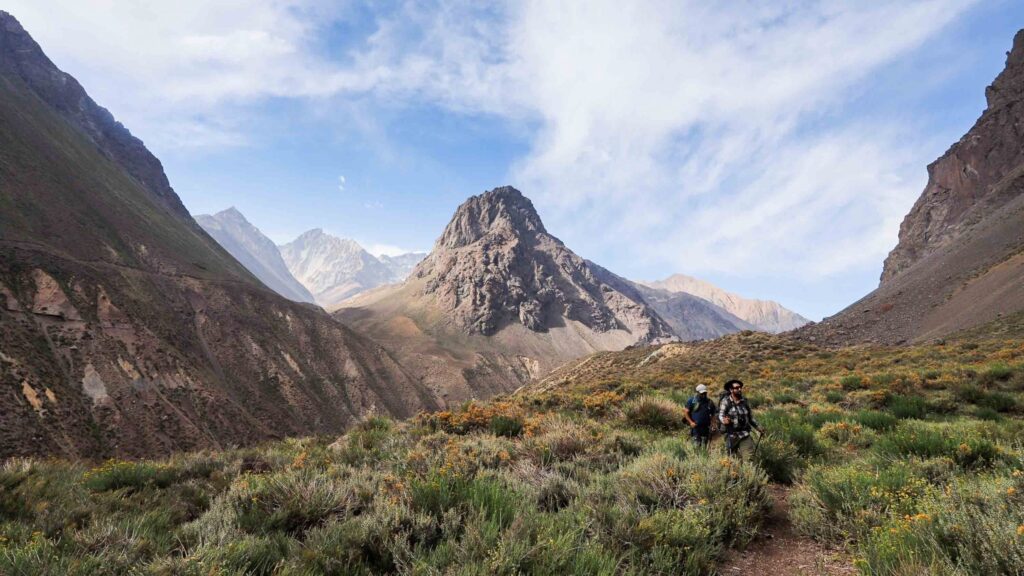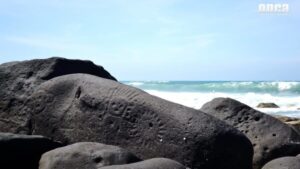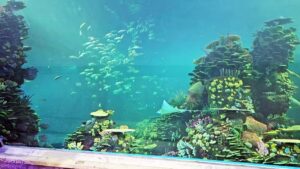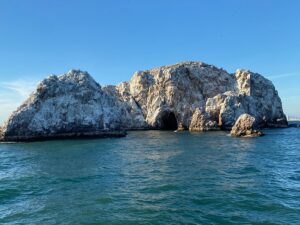Discovering the Rivers of the Bio Bio Region, Chile
Nestled in the heart of Chile, the Bio Bio Region is a treasure trove of natural beauty, offering a unique blend of lush landscapes, vibrant culture, and rich history. The rivers of this region, particularly the Bio Bio River, are central to its charm, providing both locals and visitors with a plethora of activities and experiences. Whether you’re an adventure seeker, a history buff, or someone looking to unwind in nature, the rivers of the Bio Bio Region have something for everyone.
What to See and Do
The Bio Bio River, one of the longest in Chile, is a must-see for anyone visiting the region. Its waters are perfect for a variety of activities, from white-water rafting to kayaking. The river’s rapids offer thrilling experiences for adventure enthusiasts, while calmer sections are ideal for a peaceful paddle. Along the riverbanks, you’ll find numerous spots for picnicking, fishing, and bird watching, making it a great destination for families and nature lovers.
Another river worth exploring is the Laja River, known for the stunning Laja Falls. These waterfalls are a breathtaking sight, with water cascading over volcanic rock formations. The surrounding area is perfect for hiking, offering trails that provide panoramic views of the falls and the lush landscape. Don’t forget to bring your camera, as the scenery is truly picture-perfect.
A Bit of History and Interesting Facts
The Bio Bio River holds significant historical importance in Chile. It was once considered the natural boundary between the Spanish colonists and the indigenous Mapuche people during the colonial period. This river has witnessed numerous historical events and has been a symbol of resistance and cultural identity for the Mapuche.
An interesting fact about the Bio Bio River is its role in the region’s energy production. Several hydroelectric plants have been built along the river, contributing significantly to Chile’s power supply. Despite this, efforts have been made to balance energy needs with environmental conservation, ensuring the river’s natural beauty is preserved.
Getting There and Tips for First-Time Visitors
Reaching the Bio Bio Region is relatively straightforward. The city of Concepción, the region’s capital, serves as a convenient gateway. Concepción is well-connected by air, with frequent flights from Santiago, Chile’s capital. From Concepción, you can rent a car or take a bus to explore the rivers and surrounding areas.
For first-time visitors, it’s advisable to plan your trip during the warmer months, from November to March, when the weather is ideal for outdoor activities. If you’re interested in rafting or kayaking, consider booking a guided tour with a local operator to ensure safety and make the most of your experience. Additionally, learning a few basic Spanish phrases can be helpful, as English is not widely spoken in some rural areas.
In conclusion, the rivers of the Bio Bio Region offer a captivating blend of adventure, history, and natural beauty. Whether you’re navigating the rapids of the Bio Bio River or marveling at the Laja Falls, this region promises unforgettable experiences for all who visit.








